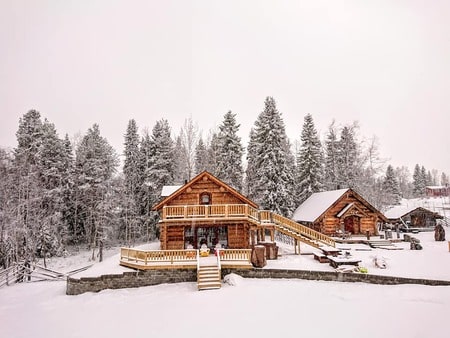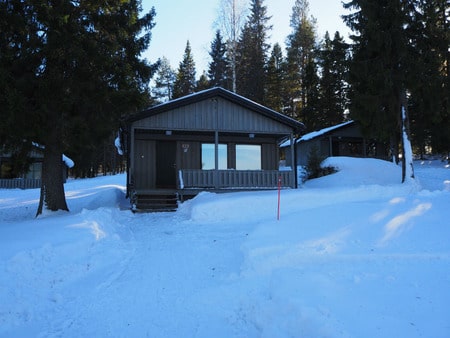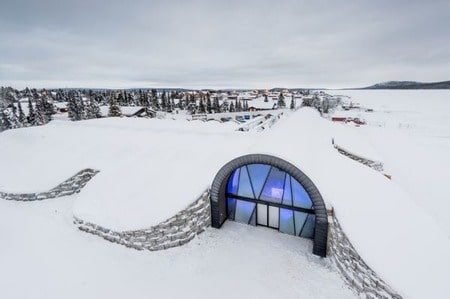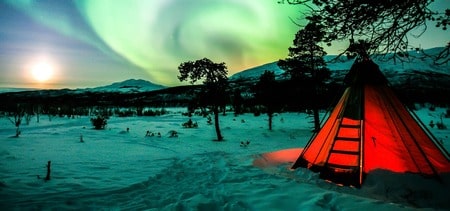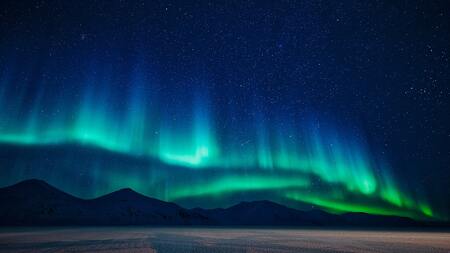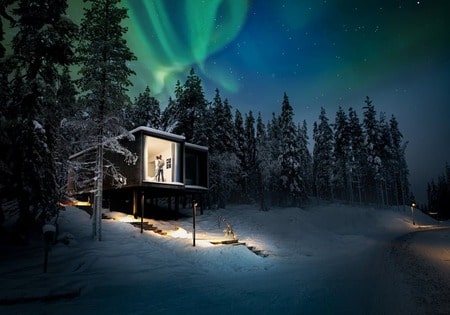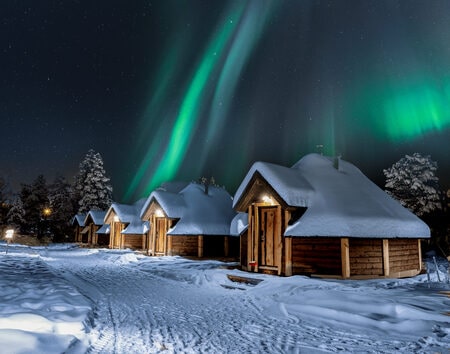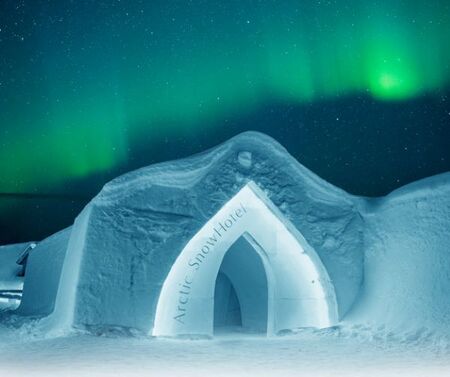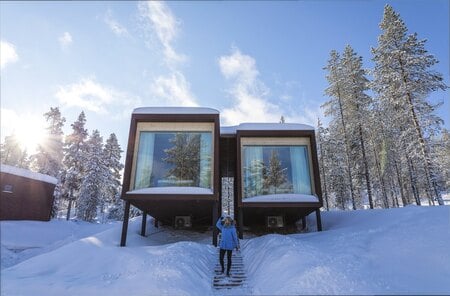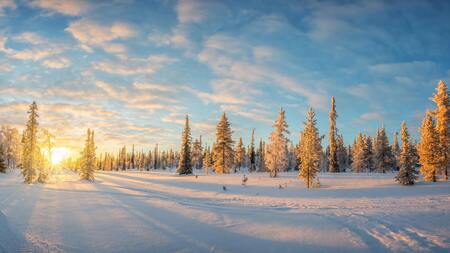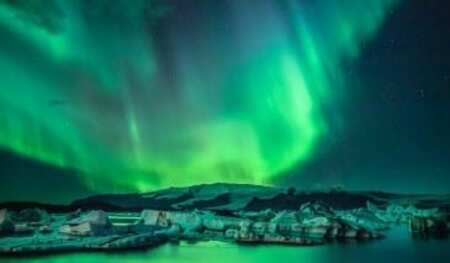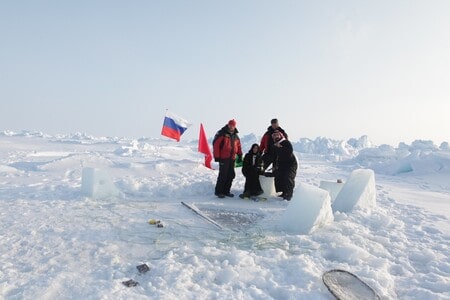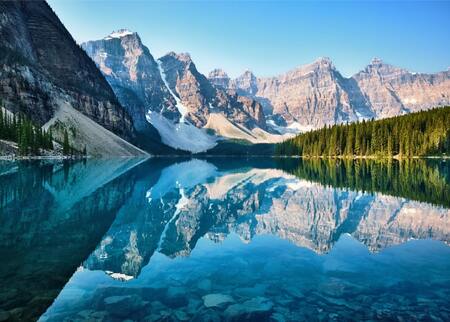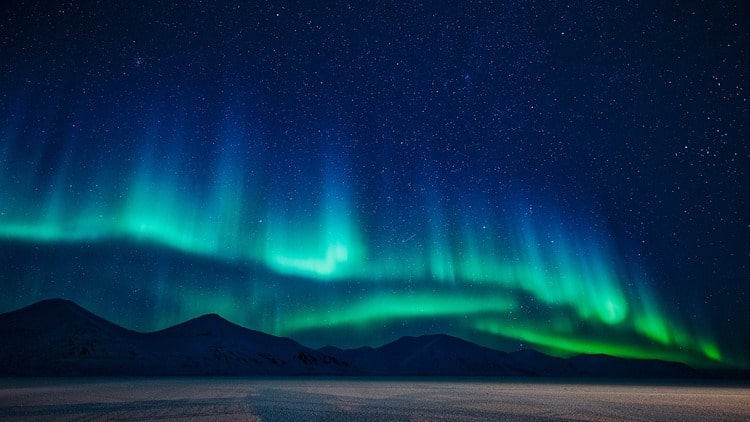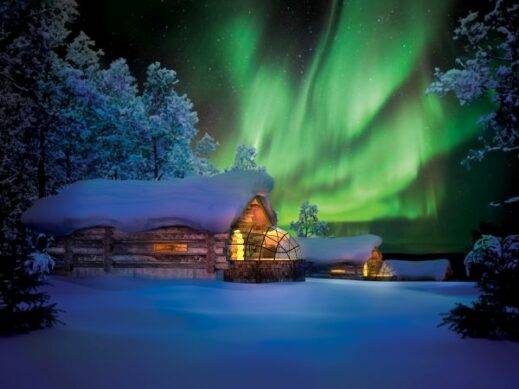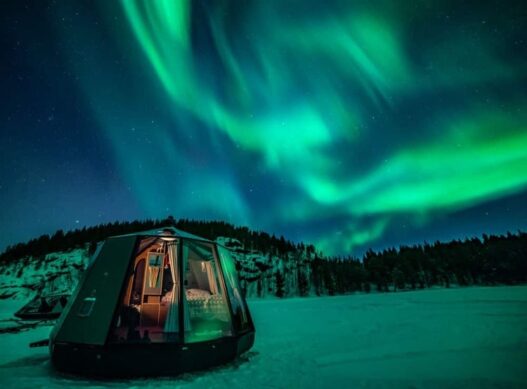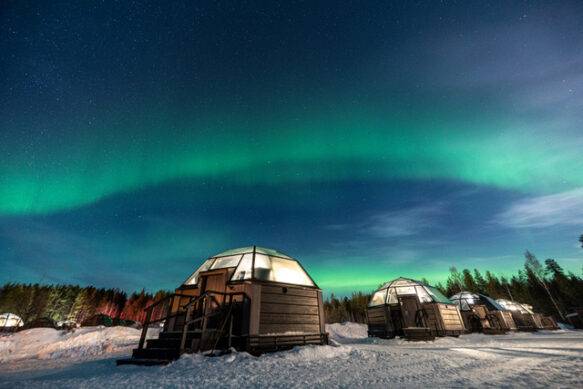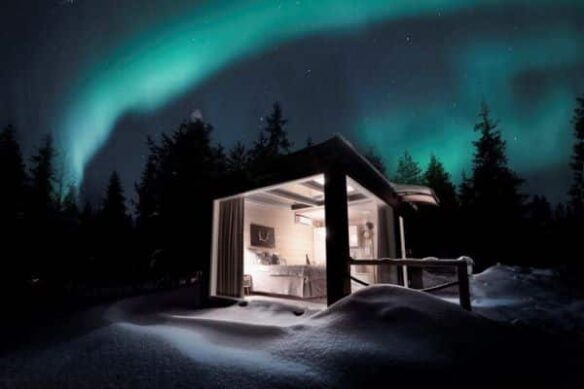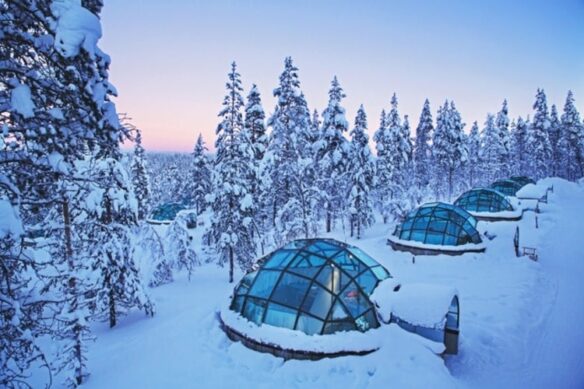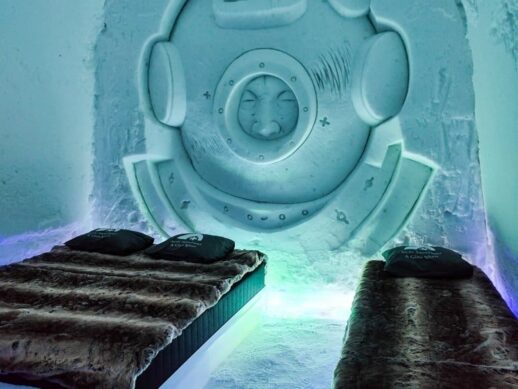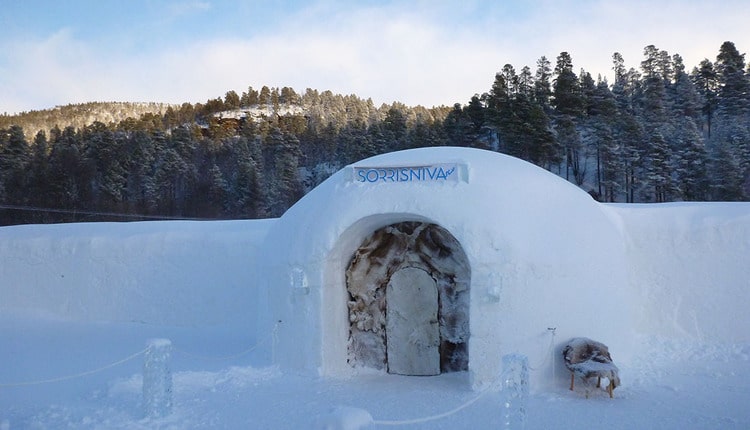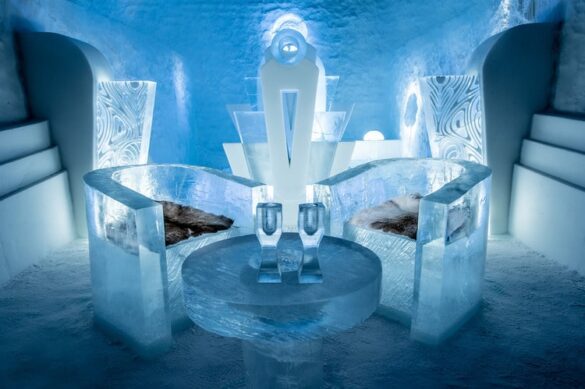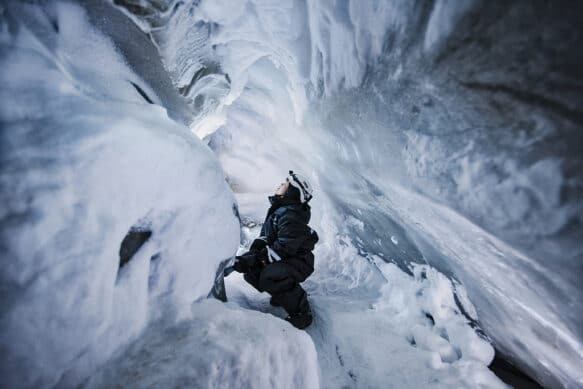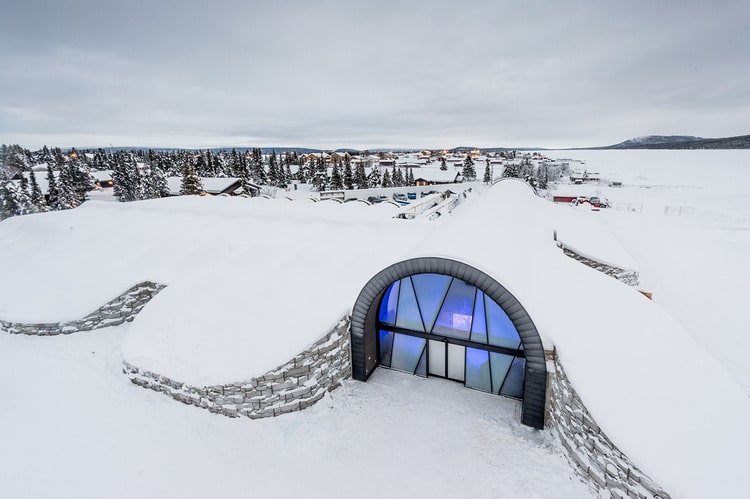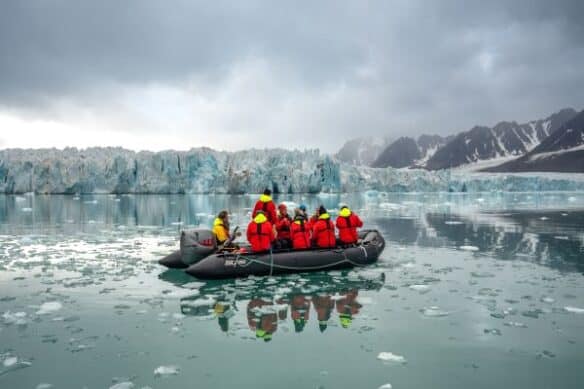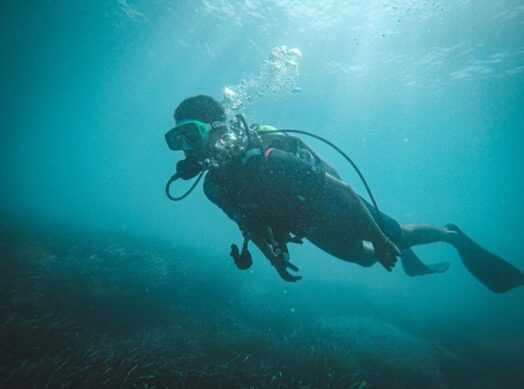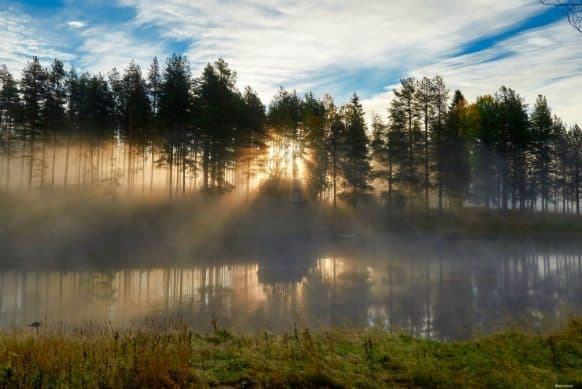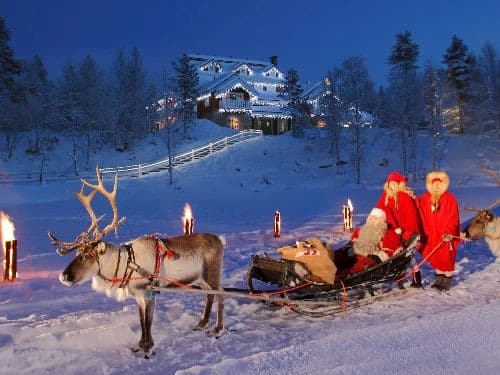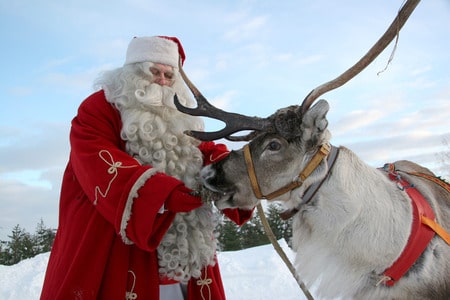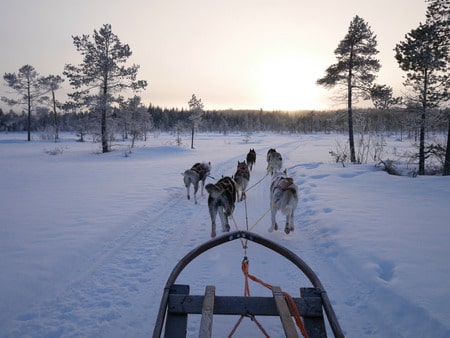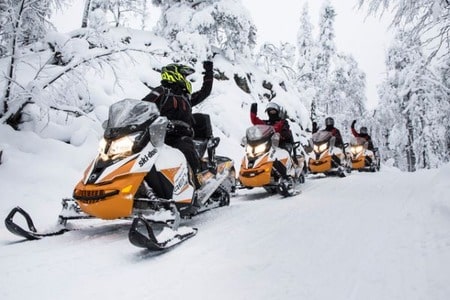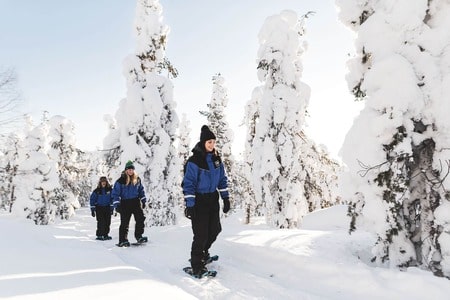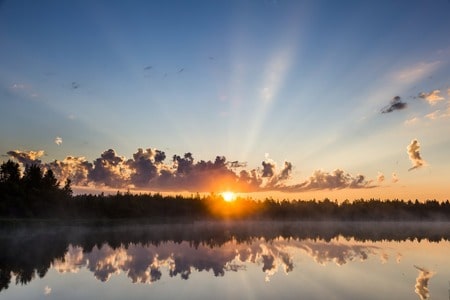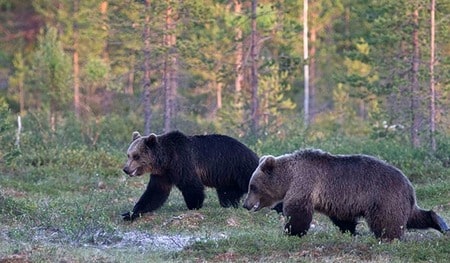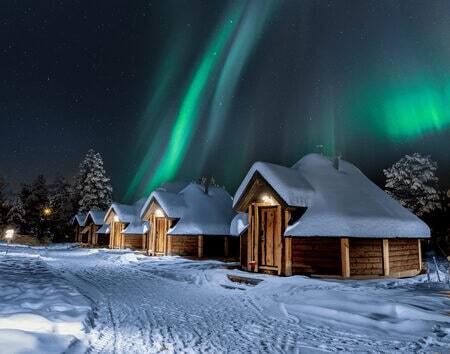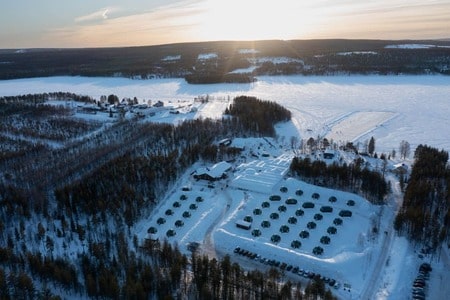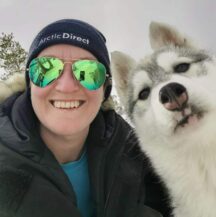If you’re passionate about Birdwatching then you need to check out our exclusive Northern Iceland Bird Watching tour. It is a nature lovers paradise and a bird watchers dream.
You will spend a week at the very edge of the Arctic following the Birding Trail on land and sea. Nicknamed the Capital of North Iceland, Akureyri is an important port and fishing centre and you’ll spend two nights there, you will explore the Diamond Circle including Husavik and Dettifoss. The Dettifoss waterfall is with the greatest volume of any waterfall in Europe, 500 cubic metres of water per second plunges over the edge. Dettifoss is 45 m high and 100m wide. A nice hiking trail, 34km, goes along the canyon from Dettifoss to Asbyrgi.
We will take you via rib boat to Flatey Island and stay for 2 nights, the Island has 30 different types of species of birds as well as some of the most beautiful scenery in Iceland. On route to Flatey Island, we will sail around Puffin Island and go whale watching in Shaky Bay. After departing Flatey Island, we will head across to a working Icelandic farm spending 2 nights in the company our hosts Halldor and Elin who are both breeding sheep and the majestic Iceland horse. Flatey Island is the ideal place for travellers who want to explore the more remote areas of Iceland. It is the ideal place to relax and enjoy the best of Icelandic nature. There is a lot to see and experience on Flatey Island; unique nature, birds, the church with its stunning artwork, stillness, absence of time, the old library, historic sites and the old village … and when you get hungry you can try some of the delicious homemade delicacies from Hotel Flatey.
Throughout the trip you may have the opportunity to see the following birds:
Atlantic Puffin: Atlantic puffins have penguin-like coloring but they sport a colorful beak that has led some to dub them the “sea parrot.” The beak fades to a drab gray during the winter and blooms with color again in the spring—suggesting that it may be attractive to potential mates.
Common Eider: A colorful duck of the northern seacoasts, the Common Eider is the largest duck in the Northern Hemisphere. The male’s bright white, black, and green plumage contrasts markedly with the female’s camouflaging dull striped brown.
Arctic Tern: The Arctic tern is a small bird with narrow wings and short legs. Their coloration varies depending on age and season. Newborns are gray or brown. Adults are gray to white in color during the breeding season. Their beak and legs are red, and a black patch covers the head and forehead. During the non-breeding season, the legs and beak are black and the black patch of color on the head shrinks.
Black Guillemot: Inshore waters of ocean; breeds on rocky shores, islands. Usually close to shore in shallow waters, but may be far offshore, especially around edges of pack ice. Sometimes feeds on freshwater lakes near coast. Nests along rocky shores, low cliffs, among debris on beaches.
Cormorant: A large and conspicuous waterbird, the cormorant has an almost primitive appearance with its long neck making it appear almost reptilian. It is often seen standing with its wings held out to dry.
Purple Sandpiper: Males and females are similar in colour, slightly dimorphic in size. This species is seasonally dimorphic. In flight, the Purple Sandpiper has a narrow white wing-stripe and an all-dark tail. Breeding Adult has a crown tawny, streaked with black; back feathers edged with white and buff; breast and flanks white with blackish-brown speckling; belly white; bill long, slender, slightly downcurved, black with orange base; legs orange-yellow.
Common Snipe: The common snipe is a meduim-sized wading bird with a long, straight, pointed, black bill. It has a brown body with black bars, a striped head and back and a white belly. The common snipe’s legs are shorter than most wading birds’ legs.
Oystercatcher: A common wader, the oystercatcher is very noisy with a loud ‘peep-ing’ call. On the coast, they specialise in eating shellfish, particularly cockles and mussels, which they either prise or hammer open with their strong, flattened bills.
Fulmar: Fulmars are identifiable by the prominent, tubular nostrils on top of their bills. Breeding pairs are monogamous and rejoin their mates each year at the same nest site.
Kittiwake: The Kittiwake is our most sea-loving gull, only turning up inland on odd occasions and spending winter out on the Atlantic. A medium-sized, elegant and gentle-looking gull, it nests in colonies on cliff tops and rock ledges from February until August – there are just under 380,000 pairs in Britain. It eats fish, shrimps and worms and does not scavenge at landfill sites like other gulls.
Red-necked Phalarope: Female seeking mate makes short flights, with whirring of wings and calling. In courtship, female swims around male, tries to make him follow her; male usually reluctant, shows interest only gradually. In some cases, after leaving male to care for eggs and young, female finds another mate and lays another clutch of eggs. Nest site is on ground, usually in low vegetation near water. Nest is a shallow scrape lined with grass, leaves. Both sexes make scrapes, female chooses one, probably both sexes then help build nest.
Black-tailed Godwit: This species breeds from Iceland and northern Scotland eastwards to western Siberia, and south to northern Spain and Italy. Isolated breeding populations of Black-tailed Godwits also exist further east in Siberia and China.
Whimbrel: Whimbrels are common large waders. Like the curlews they have long, downward bent beaks. Very characteristic are the brown and white bands running over their head. They are found in all kind of wet areas like bogs, wet heather regions etc. where they feed on insects, worms and other non-vertebrae. The wetlands are also their breeding grounds. The whimbrel is a very northern breeding species.
Redshank: Redshanks are common middle sized stilts and they are a member of the larger sized sandpiper-group of Tringa. If one would have to characterize this bird in a figurative sense, the expression “protest” comes to mind. Always picking good points of view like fence poles, they loudly seem to show disapproval of your presence. A typical feature are the shiny red legs.
Ringed Plover: Birds from all three biogeographical populations of Ringed Plovers actually or potentially migrate through Britain and Ireland in spring and autumn. At these times of year, Ringed Plover populations in Britain and Ireland clearly include both birds that stay to winter, as well as those on passage to or from breeding grounds in Canada, Greenland, Iceland and Fennoscandia, or more southerly wintering locations.
Golden Plover: The north-west European Golden Plover wintering population (comprising P. a. apricaria) is estimated to be 1.8 million birds (Rose & Scott 1997). This population is declining (Rose & Scott 1997) although it is poorly monitored (Delany et al. 1999).
Dunlin: The Dunlin Calidris alpina is the most abundant species of shorebird using the East Atlantic Flyway. This flyway links breeding areas in Greenland, Iceland, northern Europe and northern Russia with wintering areas in western Europe and Africa. Differences in migration pattern and segregation between Dunlin populations on their wintering grounds have already been indicated by analyses of morphometric data and ringing recoveries.
Turnstone: Turnstones are medium-sized, plover-like birds of rocky shores and gravel beaches. Turnstones – so-named for their habit of flipping over stones (which may even be as large as themselves!) – feed on a wide variety of prey from bird’s eggs to chips and even corpses! They can be spotted creeping and fluttering about the rocks, looking for food underneath them. More info at: http://www.wildlifetrusts.org/species/turnstone
Mallard: In Iceland the wild mallard is a common breeding bird that can be found in many habitats, but is rare in the highlands. On Iceland too, the bird will make optimal use of conditions set by human settlements. In the winter it can be found sheltering along the coast.
Red-breasted Merganser: The Red-Breasted Merganser is a fish-eating duck. Merganser’s & Goosander’s have long beaks with a sharp hook, adapted to catch small fish. The main food source is Stickleback’s. They can be found on Iceland along the coasts and lakes.
Teal: The male of the common teal has a green stripe running from the eye down into the neck, The bright yellow anal region of the drake is often the best characteristic to recognize this bird. The female has very little readily recognizable traits except for the small size (35 cm, mallard apr. 55 cm.). On Iceland it generally occurs in lowland marshy regions where it breeds. During winter common teals can be found where waters don’t freeze (thermal warm waters!)
Scaup: They appear very similar to the tufted ducks. They are slightly larger, a difficult trait for recognition whenever one species is absent. The males can best be told by the color of the backs: greyish on the scaup and full black on the tufted duck. Also, the scaup male has a green head where the tufted duck has an almost black/dark purple color. However, very often the heads of scaups also appear “dark”, especially on reflecting water surfaces. The female scaup has a very thick white-scaly region around the beak. The female tufted duck sometimes has this too, but only as a thin margin. The female scaup also has a whitish spot behind/below the eyes which female tufted ducks do not have. A common characteristic feature are the bright yellow eyes.
Greylag Goose: The Iceland Greylag Goose breeds in Iceland and winters almost elusively in Britain, with smaller numbers in Ireland, Norway and the Faeroe Islands. Increasingly, some birds also remain in Iceland over winter.
Ptarmigan: Ptarmigans are masters of camouflage, changing their colour to suit the season. In winter, they are completely white except for a short black tail, while in summer a brown and yellow plumage blends the ptarmigan into the lichen covered rocks. This wide-ranging game bird can be found in many of the world’s alpine and arctic regions.
Redwing: The Redwing is a noticeably small, rather slight thrush, with a pale stripe above the eye and another, less-pronounced, below the cheek. The spots on the underparts are strongly marked, more so than the in Song Thrush, as is the chestnut-red colour to the underwing and flanks which gives the bird its common name.
Meadow Pipit: Meadow Pipit has a familiar sip sip sip call when flushed or when passing overhead, the number of notes varying. Tree Pipit has a somewhat explosive, more rasping zeep or speez – this is particularly useful when picking out overhead migrants. The call perhaps suggests a short, abrupt, explosive version of Redwing’s call.
White Wagtail: Pipits are lark-like in their streaky plumage and long hind claws but smaller and more slender than larks, often longer-tailed. Wagtails are similar in form but even longer-tailed, most species more or less associated with watery habitats.
Northern Wheatear: This species has an extremely large range, and hence does not approach the thresholds for Vulnerable under the range size criterion (Extent of Occurrence <20,000 km2 combined with a declining or fluctuating range size, habitat extent/quality, or population size and a small number of locations or severe fragmentation).
Black-headed Gull: During the early 19th century, black-headed gulls were quite rare. However, a dramatic population increase throughout the 20th century saw their breeding population rise to over 100,000 pairs. While their breeding population is still growing, their winter numbers have fallen by over 30 per cent in the last 25 years and they are an Amber Listed bird of conservation concern.
Gyrfalcon: Gyrfalcons living in the high Arctic overwinter out at sea, spending long periods living and hunting on pack ice. It is the first time any falcon species has been found regularly living at sea. The birds likely rest on the ice and hunt other seabirds such as gulls and guillemots, over what appears to be one of the largest winter ranges yet documented for any raptor.
Other Birds include but are not limited to the Great Black-backed Gull, the Lesser Black-backed Gull, the Long-tailed Duck, the Whooper Swan and the Common Raven


